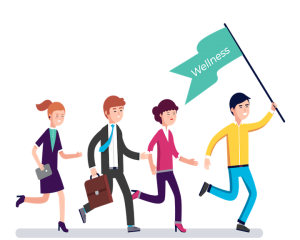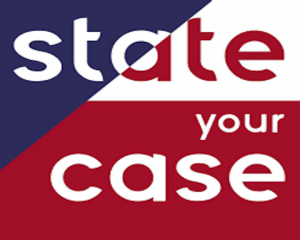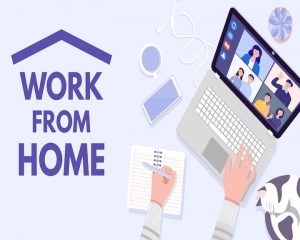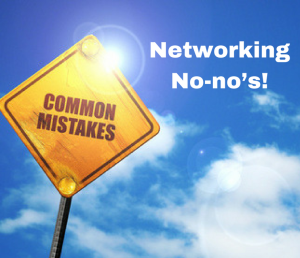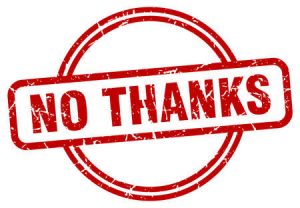Shifting Workforce Strategies Post COVID-19
Samantha Badr
Congratulations, you’ve survived the first four months of 2021! We’re a third of the way through the new year and yet we are still learning how to adjust to this pandemic. Vaccinations have been distributed and many businesses have begun to open their doors. Some organizations are continuing to work from home (WFH) for the remainder of the year, but what happens after? Many employees had to incorporate new daily tasks into their workday, while many have had to learn new skillsets altogether. It is crucial that the HR department start preparing for the transition back into the office – making workforce planning the top of their to-do list.
For my audience that is not familiar with HR terminology, workforce planning is the process an organization uses to analyze its workforce and determine the steps it must take to prepare for future staffing needs. LinkedIn’s 2020 Workplace Learning Report reveals that 99% of learning and development executives believe if skill gaps are not closed within the next three to five years, that customer satisfaction could plummet – as well as product development and the company’s ability to innovate and grow. LinkedIn’s report also states that 57% of talent developers will focus on leadership and management skills, 42% on creative problem solving, and 40% on communication skills.
As for the HR department, you are in my thoughts and prayers. It seems like the work never ends! In 2020, safety and adjusting to WFH was the priority, now comes the best part of 2021 – putting all the broken pieces back together. Good thing the HR department is here to save the day. The first task at hand is to expand the ability to operate in a fully digital environment. All employees will need to brush up on their technological skills. This will ensure that they feel comfortable with their job tasks and maintain seamless contact with clients, partners, and suppliers. When returning to the office it is essential that employees are encouraged to seek help with any new systems – whether that includes training programs or open dialogue with co-workers or supervisors.
The next step is further developing cognitive skills for redesign and innovation. With remote work as the reality for over a year, HR managers were forced to demonstrate these skills in an autonomous environment. Keeping employees retained was a project in itself, now organizations have to re-think all their previous strategies to remain innovative. It’s imperative that companies remain creative by adjusting their problem-solving skills to manage projects if some employees or clients are still working remotely.
Social and emotional skills are next on the to-do list. Companies have to maintain their professional ties and grow new client relationships – all while supporting their employees in the process. The HR department, as well as organizational leaders, in particular, might need to develop their skills moving forward. Communication and interpersonal skills need to be worked on, making sure that empathy is at the top of the list. Our economy might be struggling, but we’re all in this together. Leading with sympathy and compassion might restore any hope lost during the pandemic.
The biggest skill to consider is the ability to adapt and be resilient during COVID-19 and beyond. Organizations should use the last year as a source for learning on building self-awareness, self-confidence, and self-reliance. Be transparent with your staff, let them know that you are aware that certain practices can be enhanced and that the company will support each other through the process. Managing time, boundaries, and mental space could use room for improvement in the upcoming year.
As for the HR department, the months to follow should focus on workforce planning strategies. Taking a look within can help companies redefine their purpose or mission, outline their future potential, and shift their perspective to move confidently into the future. The recovery from the COVID-19 pandemic might be a long one, but we’re almost there!!! Challenges keep life exciting, after all. Reflect, recommit, re-engage, rethink, and reboot – let’s get through these next few months and continue to thrive. Good luck.

